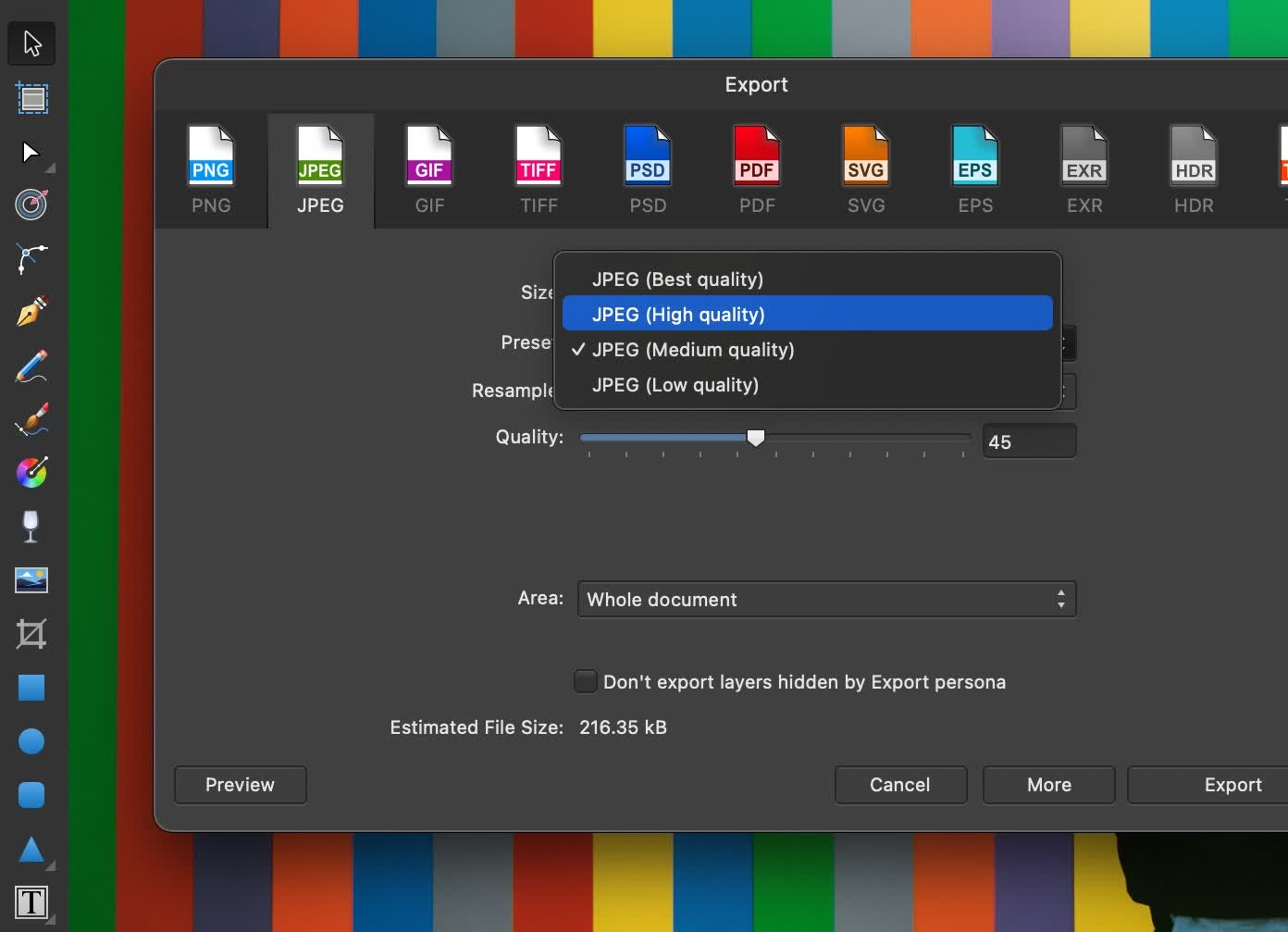
In today's world of AI and machine intelligence, it sometimes skips the mind that the primary end-user of many computing systems are … human. And, as humans, we are far from perfect – not just in our judgements, but also in our senses and perception of the physical world around us.
Early programmers and architects quickly realized that computers do not need to be exact in everything they do. There are many instances where approximate computing techniques or heuristics can go a long way, leaning into the fact that neither humans nor their technologies need to be picture-perfect to provide an enjoyable experience. Indeed, the beautiful balance between precision and approximation can help produce some of the most amazing technical innovations in the computing frontier!
Enter JPEG, an established standard that has become synonymous with image compression. JPEG is an engineering and scientific marvel, due to the many different technical building blocks and concepts that came together to make it such a ubiquitous and established format for images today.

At a high level, JPEG is a lossy image compression technique that meticulously balances file size with acceptable visual fidelity. However, achieving this required a fascinating blend of human perception, elegant signal processing, and clever engineering prowess. We continue to benefit from the advancements made by this image format today, even leading to analogies like, "ChatGPT is a blurry JPEG of the web"!
In this article, we'll unpack all the magic that goes on every single time you save or load a JPEG image. If you aren't already enlightened about how JPEG works, then let us begin at the source: human perception of light!



